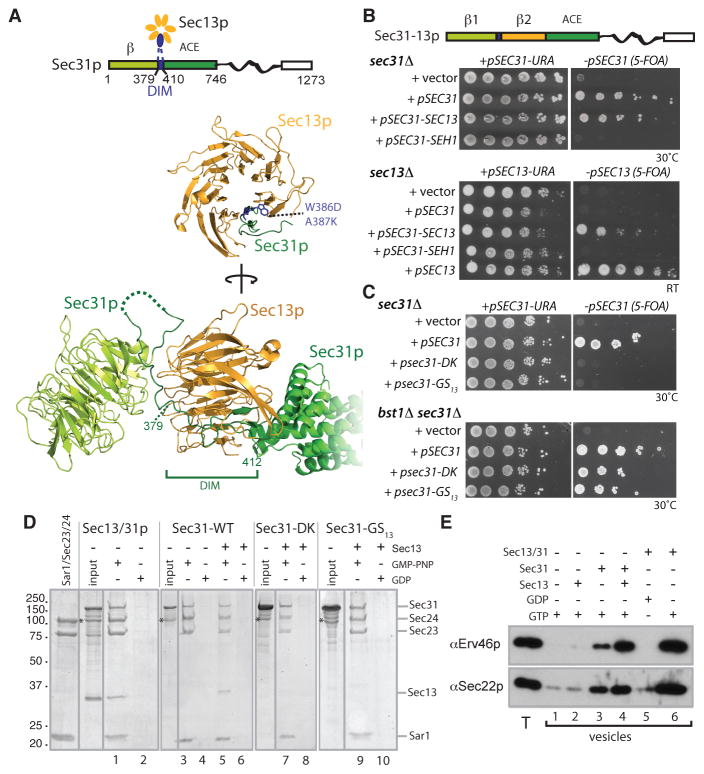Figure 1. Sec31p mutants mimic the loss of Sec13p.
(A) Schematic and structural representations of Sec31p (green) and Sec13p (orange) showing the Sec31p DIM (blue), β-propeller (light green) and ACE (dark green) domains. Residues (W386D and A387K) altered in the Sec31p-DK mutant are indicated and numbering denotes Sec31p residues. (B) Schematic of the Sec31-Sec13p fusion, which was introduced into sec31Δ and sec13Δ strains as indicated and grown on media containing 5-FOA to counterselect for the wild-type plasmid-borne copies of SEC13 or SEC31. (C) A sec31Δ strain containing a plasmid-borne sec31-GS13 and sec31-DK mutant as the sole copy of SEC31 was viable only in bst mutant backgrounds. (D) Synthetic liposomes were incubated with the COPII coat proteins and guanine nucleotides indicated and coat assembly assessed by liposome flotation and SDS-PAGE. Numbered lanes contain liposome-bound proteins; * denotes a degradation product of Sec31p. (E) Microsomal membranes (T – 10% of total input membranes) purified from bst1Δ cells were incubated with Sar1p and Sec23/24p, supplemented with Sec13p, Sec31p and guanine nucleotides as indicated; vesicles released were purified and analyzed by immunoblotting against cargo proteins Sec22p and Erv46p.

